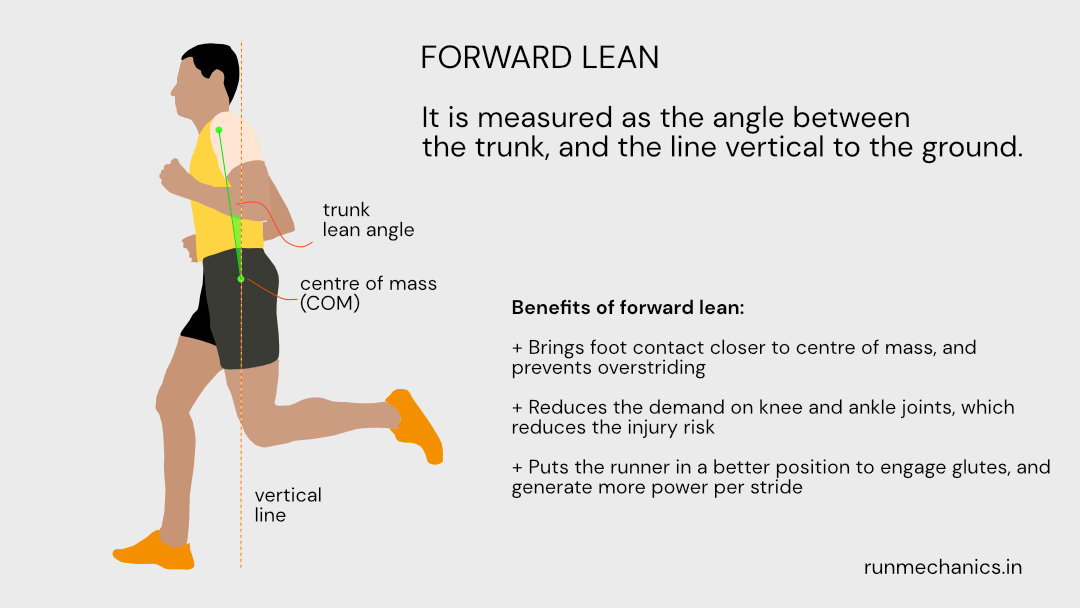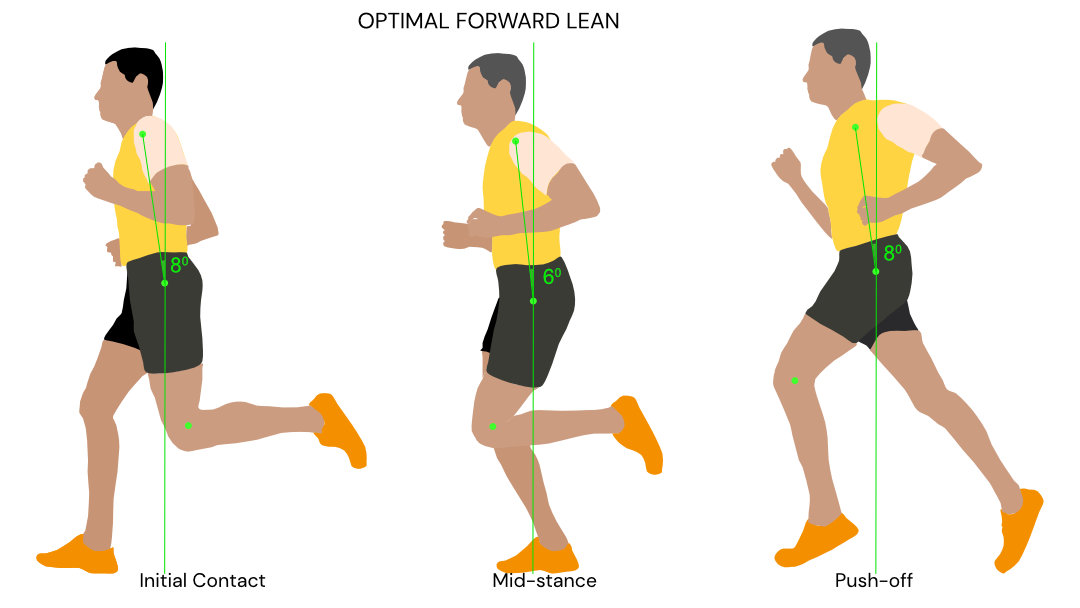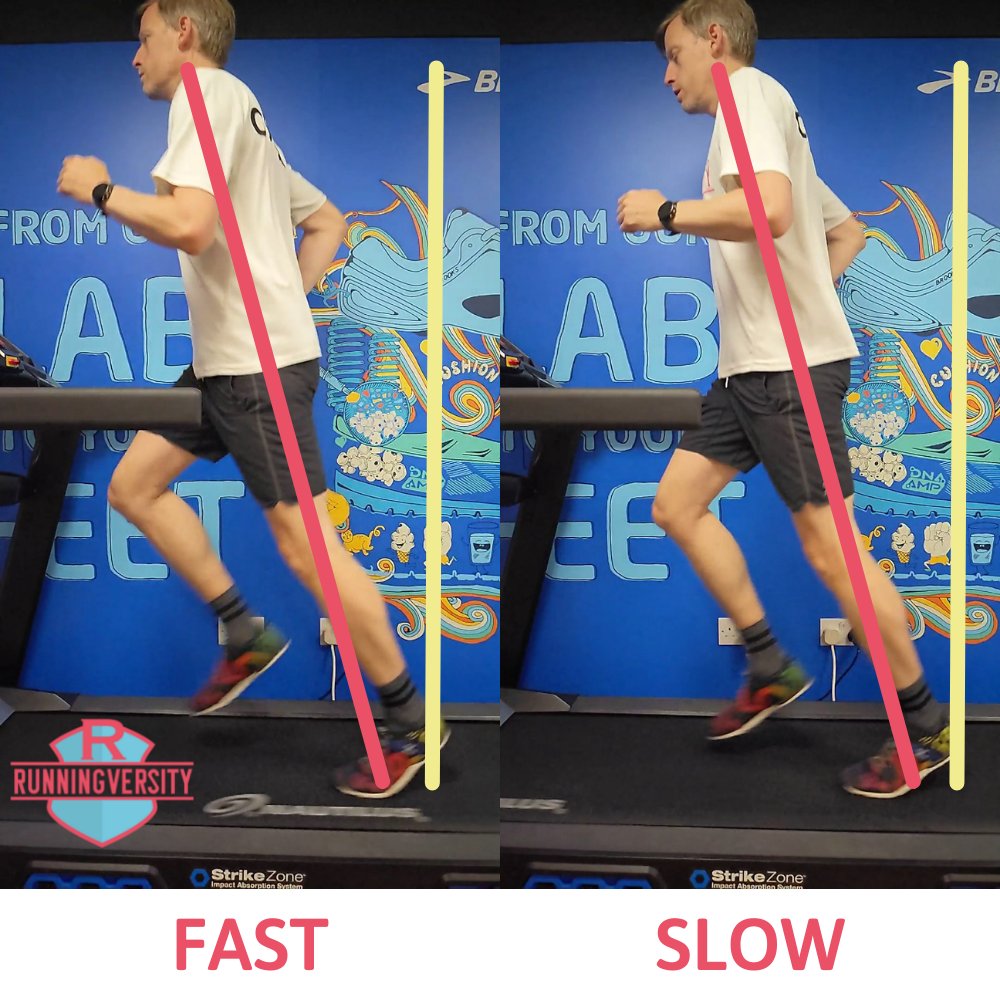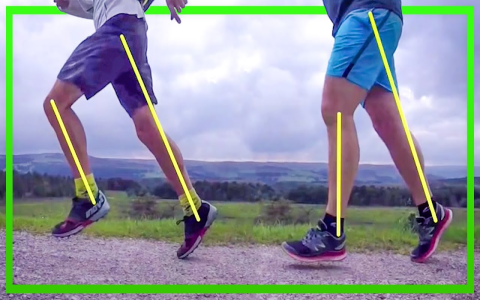1. The Science Behind Forward Lean Running: Unlock Your Speed Potential
Have you ever wondered why some runners seem to glide effortlessly while others struggle? The secret often lies in how they lean forward when they run. Forward lean running isn’t just a fancy technique—it’s actually backed by science! When you lean slightly forward from your ankles (not bending at the waist), your body uses gravity to help push you ahead. This reduces the braking effect your feet usually create when they hit the ground, making your run smoother and faster.
Think of it like this: your body becomes a natural machine that uses momentum and gravity to your advantage. But be careful—not leaning enough or leaning too much can slow you down or cause discomfort. The key is finding that sweet spot where your ankles do the work and your core stays strong.
2. Step-by-Step Guide to Achieving Perfect Forward Lean Posture
Ready to give forward lean running a try? Here’s a simple way to get started and make it part of your routine. No fancy equipment needed—just a bit of practice!

Try these easy drills:
- Wall Lean Drill: Stand facing a wall, then lean forward from your ankles until your nose almost touches it. Hold that position for a few seconds to get a feel for the right angle.
- Incline Running: Running uphill naturally encourages your body to lean forward. Find a gentle hill and practice running up it to build that lean.
- Core Activation Exercises: Strengthen your abs and lower back with simple moves like planks or bridges. A strong core helps keep your posture steady.
- Cadence Training: Try to increase your step rate slightly. Taking quicker, shorter steps helps maintain momentum and supports your forward lean.
- Video Yourself: Record your runs and watch your posture. It’s a great way to spot if you’re leaning from the right place.
With a little patience, these drills will help you run faster and feel more efficient.
3. Common Mistakes in Forward Lean Running and How to Fix Them
Trying something new always comes with a few hiccups. When it comes to forward lean running, there are some common slip-ups that can slow you down or even cause injury. But don’t worry—we’ve got you covered!
Here are the top mistakes and how to fix them:
- Leaning from the waist instead of the ankles: This puts strain on your back and messes with your balance. Instead, think of your ankles as the hinge point for your lean.
- Leaning too far forward: Overdoing it can make you stumble or waste energy. Aim for a gentle lean—about to degrees is just right.
- Holding your arms stiffly: Tense shoulders and arms kill your rhythm. Keep your upper body relaxed and let your arms swing naturally.
- Overstriding: Landing your foot too far ahead slows you down. Try to take shorter, quicker steps to keep your momentum going.
Fixing these little things will make your running feel smoother and more natural.
4. Benefits of Forward Lean Running Beyond Speed
Forward lean running isn’t just about going faster—it comes with a bunch of other perks that make every run better. For starters, it helps you use less energy to cover the same distance, which means you can run longer without feeling wiped out.
Plus, it can reduce the risk of injuries by helping your body absorb impact more effectively, especially around your knees and hips. And because your chest stays open, your breathing gets easier, so you get more oxygen with every breath.
All these benefits add up to a more enjoyable, efficient, and injury-free running experience.
5. How to Integrate Forward Lean Running into Your Training Routine
Wondering how to make forward lean a natural part of your runs? It’s easier than you think! Here’s a simple plan to get you started without overwhelming your body.
Try this three-step approach:

- Warm up with lean drills: Spend to minutes doing wall leans or running on a slight incline before your main workout.
- Focus on lean during speed intervals: When you’re doing faster-paced runs, pay attention to keeping that forward lean consistent.
- Cool down and stretch: After your run, stretch your muscles to stay flexible and avoid tightness.
Adding these steps a couple of times a week will help your body get used to the new posture gradually.
6. Comparing Forward Lean Running with Other Running Postures
Is forward lean really better than running upright or leaning backward? Let’s break it down:
| Posture Type | Pros | Cons | Best For |
|---|---|---|---|
| Forward Lean | Boosts speed, uses energy efficiently | Needs practice, risk of over-leaning | Speed and endurance runners |
| Upright Running | Easy to learn, comfortable | Less propulsion, slower pace | Casual runners |
| Backward Lean | Rarely recommended | Increases injury risk | None |
Knowing these differences helps you pick the best style for your running goals.
7. Real-Life Success Stories: Runners Who Improved Speed with Forward Lean
Sometimes, the best motivation comes from real people. Here are a couple of runners who switched to forward lean and saw great results:
- Sarah: A college athlete who shaved seconds off her 5K time after just six weeks of practicing forward lean.
- Mike: A casual jogger who noticed less knee pain and was able to run longer distances without discomfort.
These stories show that forward lean running works not just in theory, but in real life too.
8. Forward Lean Running for Beginners: What You Need to Know
If you’re new to running or just starting with forward lean, don’t stress! Here’s what you need to keep in mind:
- Start slow and focus on your form rather than speed.
- Keep your sessions short at first to build muscle memory.
- Listen to your body and take breaks if you feel any pain.
- Wear good running shoes that support your feet and joints.
Taking it easy at the start makes learning forward lean safe and enjoyable.
9. Injury Prevention and Forward Lean Running: What Experts Say
Worried about getting hurt? Experts agree that when done right, forward lean running can actually help prevent common injuries. It improves how your body absorbs shock and keeps your joints aligned.
Here are some expert tips to stay safe:
- Keep your lean angle moderate to avoid extra strain.
- Build strength in your hips and core for better stability.
- Always warm up before you run to prepare your muscles.
- Don’t suddenly increase your running distance or speed too fast.
Following these tips will keep you running strong and injury-free.

10. Tools and Technology to Monitor and Improve Forward Lean Running
If you love gadgets, there are some awesome tools to help you perfect your forward lean:
- Running form apps: Use your phone to record and analyze your posture with instant feedback.
- Wearable sensors: Track your lean angle and step rate in real time while you run.
- Smart shoes: These can measure how your feet strike the ground and help you adjust your form.
- Treadmills with incline: Practice your lean safely indoors on a slight hill.
These tech tools make improving your running form fun and easy to track.
With a bit of practice and the right mindset, forward lean running can help you run faster, longer, and with less effort. Why not give it a try on your next run?



